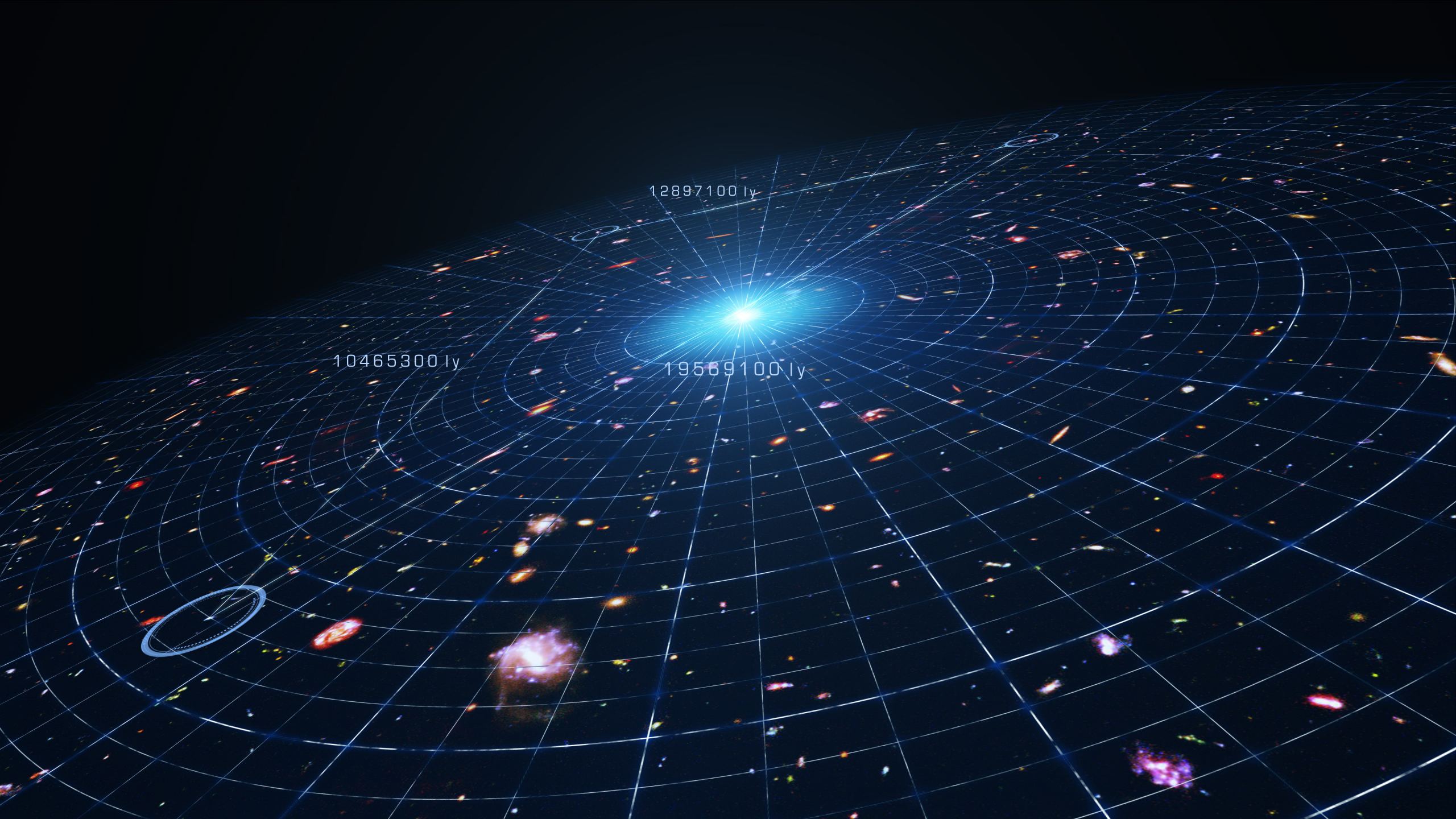What is paradox ? Is there any link of human with paradox.
paradox
is a statement or situation that appears to be contradictory or illogical, but upon closer examination, reveals a deeper truth or understanding. It is a concept that challenges our rational thinking and often leads to a sense of confusion or perplexity. Throughout history, paradoxes have played a significant role in various fields, including philosophy, mathematics, physics, and literature. In this essay, we will explore the nature of paradoxes, their different types, and their implications in different domains.
The term "paradox" originates from the Greek words "para" meaning "contrary to" and "doxa" meaning "opinion" or "belief." Thus, a paradox challenges conventional wisdom and challenges our preconceived notions of reality. Paradoxes often present a clash between logic and intuition, forcing us to question our understanding of the world and our ability to reason. They serve as intellectual puzzles, inviting us to delve deeper into their complexities and seek resolutions that may require a shift in our thinking.
Paradoxes can manifest in various forms. One common type is the logical paradox, which arises from a contradiction in the principles of logic itself. An example of a logical paradox is the famous "liar paradox," which states, "This statement is false." If the statement is true, then it must be false, but if it is false, then it must be true, leading to a logical contradiction. The liar paradox highlights the inherent limitations of self-reference and the challenges of defining truth within a logical system.
Another type of paradox is the semantic paradox, which revolves around the meaning and interpretation of language. The "Grelling-Nelson paradox" is an example of a semantic paradox that arises from self-referential adjectives. Consider the adjective "heterological," which describes a word that does not apply to itself. If we ask whether "heterological" is heterological, we encounter a paradox: If it is, then it must not be, but if it is not, then it must be. This paradox exposes the complexities and limitations of language when applied to itself.
In mathematics, paradoxes can challenge our understanding of numbers, infinity, and the foundations of mathematical systems. Zeno's paradoxes, proposed by the ancient Greek philosopher Zeno of Elea, are a famous example. These paradoxes suggest that motion and change are illusions by presenting a series of logical arguments that seemingly prove it impossible for an object to reach a destination. Zeno's paradoxes stimulated debate and led to the development of calculus, as mathematicians sought to resolve the apparent contradictions they posed.
bootstrap paradox
is a concept in time travel fiction that involves a self-created or self-sustaining loop of causality. It gets its name from the phrase "pulling oneself up by one's bootstraps," which means achieving a difficult task without any external help. In the context of time travel, the bootstrap paradox occurs when an object, information, or event is created or sent back in time, seemingly without any origin or cause.
Here's an example to illustrate the bootstrap paradox:
Let's say a famous author named Jane writes a book called "The Time Traveler" in the year 2100. Jane sends a copy of the book back in time to the year 2000, where it becomes a bestseller and influences many aspiring authors.
One of those aspiring authors is John, who reads "The Time Traveler" in 2005 and becomes inspired to become a writer. He spends the next few years honing his skills and eventually writes a book called "The Time Traveler" in 2010. However, instead of creating an entirely new story, he transcribes the entire book he read in 2005, including Jane's name as the author.
Now, the question arises: Who actually wrote "The Time Traveler"? Jane wrote the original book in 2100, but John transcribed it and presented it as his own work in 2010. This creates a paradox because the book has no clear origin or cause. It exists in a causal loop where it is self-created and self-sustained.
The bootstrap paradox challenges the notion of cause and effect because it suggests that an object, information, or event can exist without ever being created. It raises questions about the nature of time, causality, and the potential for infinite loops of events. In some cases, the paradox can be resolved by introducing alternative timelines or parallel universes, but in others, it remains an unsolvable mystery.
Fermi Paradox
refers to the apparent contradiction between the high probability of the existence of extraterrestrial civilizations and the lack of evidence or contact with such civilizations. It is named after physicist Enrico Fermi, who famously asked, "Where is everybody?" during a discussion about the possibility of intelligent life beyond Earth.
The Fermi Paradox arises from the vast number of stars and planets in the observable universe, many of which are similar to Earth and could potentially support life. Considering the age of the universe and the relative speed of technological advancement on Earth, one would expect that if intelligent life exists elsewhere, we should have already encountered it or at least observed some signs of its existence.
Various explanations and hypotheses have been proposed to address the Fermi Paradox. Here are a few prominent ones:
1. Rare Earth Hypothesis
This suggests that Earth-like planets with the necessary conditions for life may be rare in the universe. Factors such as the presence of liquid water, a stable climate, and a protective atmosphere might be difficult to achieve, limiting the emergence of intelligent life.
2. Great Filter
This hypothesis suggests that there might be a significant obstacle or "filter" that prevents civilizations from advancing beyond a certain point. It could be something like the development of advanced technology leading to self-destruction or a natural event that wipes out civilizations before they can make contact with others.
3. Technological Singularity
Some speculate that advanced civilizations eventually reach a point of rapid technological advancement, leading to the creation of superintelligent machines or artificial intelligence. These civilizations may choose to limit their communication or remain undetectable to avoid interference or preserve their existence.
4. Interstellar Communication Challenges
The vast distances between stars make communication and travel between civilizations extremely challenging. It could be that the vastness of space simply makes it difficult for civilizations to make contact with one another.
5. Zoo Hypothesis
This hypothesis suggests that extraterrestrial civilizations are aware of Earth's existence but intentionally avoid contact, treating us like a protected or observed "zoo."
It's important to note that these are just a few of the many proposed explanations for the Fermi Paradox, and the topic remains highly speculative. The paradox continues to inspire scientific and philosophical debates as we strive to understand the possibility of intelligent life in the universe and our place within it.
The Raven Paradox
is a famous philosophical problem that challenges our understanding of inductive reasoning and generalization. It was first formulated by the German logician Carl Gustav Hempel in the mid-20th century.
The paradox revolves around the observation that confirming instances of a hypothesis can also be seen as confirming evidence for a contradictory statement. Here's a simplified version of the paradox:
1. Suppose we have two hypotheses:
- Hypothesis A: "All ravens are black."
- Hypothesis B: "All non-black objects are non-ravens."
2. Now, let's imagine we observe a black raven. According to Hypothesis A, this observation confirms the statement that "All ravens are black."
3. However, we can also look at Hypothesis B. If we assume that Hypothesis B is true, then we can say that our observation of a black raven confirms the statement that "All non-black objects are non-ravens." This is because the observation of a black raven supports the idea that anything non-black is not a raven.
The paradox arises from the fact that the observation of a black raven seems to provide evidence for both Hypothesis A and Hypothesis B. Yet, intuitively, we consider the evidence more relevant to Hypothesis A because it directly pertains to ravens.
The Raven Paradox highlights the challenges of inductive reasoning and the potential pitfalls in making generalizations. It demonstrates that confirming instances do not necessarily provide strong evidence for a hypothesis, especially when there are alternative hypotheses in play. The paradox invites us to reconsider how we evaluate evidence and the criteria we use to establish general claims about the world.
In conclusion
paradoxes are fascinating intellectual conundrums that challenge our understanding of reality, truth, and logic. They arise in various fields and disciplines, pushing the boundaries of our knowledge and prompting us to question established beliefs. Paradoxes serve as powerful tools for intellectual exploration, stimulating creativity, and leading to significant advancements in mathematics, physics, philosophy, and other areas. By embracing paradoxes, we can deepen our understanding of the world, expand our perspectives, and cultivate a willingness to grapple with ambiguity and complexity.






Comments